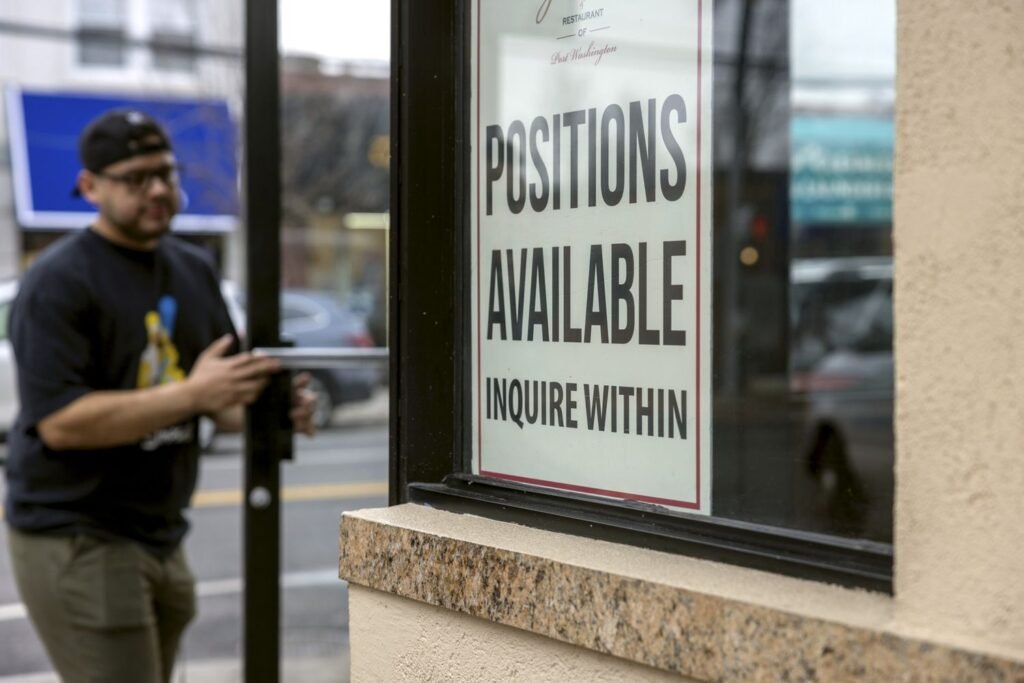:max_bytes(150000):strip_icc():format(jpeg)/GettyImages-2155830970-d8a8d1ca345445a68c90f9227a2e5de0.jpg)
Key Takeaways
- Treasury Secretary Scott Bessent said President Donald Trump is looking for longer-term interest rates to fall.
- Bessent said in an interview Thursday that Trump’s policies should influence those longer-term borrowing costs to fall.
- Analysts, however, think that there isn’t much room for long-term borrowing costs to fall in the near future.
Treasury Secretary Scott Bessent is looking for lower long-term interest rates, but a significant drop will take time.
This week, Bessent said President Donald Trump is focused on implementing policies that lower long-term borrowing costs on anything from mortgages to business investments to the U.S. government’s borrowing from global investors.
In an interview with Bloomberg Television on Thursday, Bessent said the benchmark 10-year U.S. Treasury yield is “going to naturally come down” as Trump’s policies of “energy dominance, deregulation and non-inflationary growth” take shape.
For now, long-term rates are indeed coming down after spiking following Trump’s election. However, some investors are still worried tariffs, and a fresh round of tax cuts could drive up inflation.
What Is Influencing Long-Term Interest Rates?
Trump has long wanted lower interest rates and, during his last administration, publicly pressed the Federal Reserve to cut its influential federal funds rate to make borrowing cheaper.
The Fed has more control over the short-term rates used on credit cards and other shorter-term lending. But longer-term rates like the 10-year Treasury yield or mortgage rates are more driven by inflation, government borrowing and other long-term factors.
Though eggs are undoubtedly getting pricier, inflation has slowed significantly from its recent peak. However, the Fed’s fight against inflation has recently stalled.
Tariff-related fears that helped send the 10-year soaring upon Trump’s election eased when the president temporarily paused 25% tariffs against Canada and Mexico. However, the March 4 deadline for the two countries still looms and tariffs on China were imposed earlier this week.
And even if Bessent pushes for Congress to approve Trump’s tax cut agenda, investors broadly expect the gridlock in Washington will impede the U.S. government from borrowing much more.
“All these things that were supposed to go wrong haven’t gone wrong,” David Russell, global head of market strategy at TradeStation. “The other shoe isn’t dropping. We’re not getting the aggressive fiscal policy. We’re not getting a run-up of oil prices.”
After flirting with 5% following Trump’s election, the benchmark 10-year U.S. Treasury yield is settling below 4.5%. Rates on 30-year fixed-rate mortgages also fell to an average of 6.89% this week, continuing to climb down after surpassing 7% last month, according to Freddie Mac.
Investors will have to “wait and see” whether the current momentum will continue, Russell said.
What’s Keeping Long-Term Rates From Falling Further?
At least for now, there isn’t “huge room to the downside” for the 10-year yield, Padhraic Garvey, regional head of research for the Americas at the Dutch bank ING, wrote in a note to clients.
Though the Fed has far less control over long-term interest rates, the short-term rates it does set can ultimately add up to higher rates over time.
Garvey wrote that the Fed has become less aggressive in cutting short-term rates, which puts an “effective floor” on long-term borrowing costs. The Fed, wary that progress on inflation could stall, paused its interest rate cuts last week. It penciled in two rate cuts for 2025 in its December projections, fewer than it had foreseen in September.
A new update on inflation will come next Wednesday when the Bureau of Labor Statistics is set to release the latest consumer price index report. Recent inflation reports have “just about played ball,” helping the 10-year yield finally break below the 4.5% mark this week, Garvey wrote. But it’s not clear yet whether it will continue, he said.
“Enjoy the move lower while it lasts,” Garvey wrote.
[publish_date

















